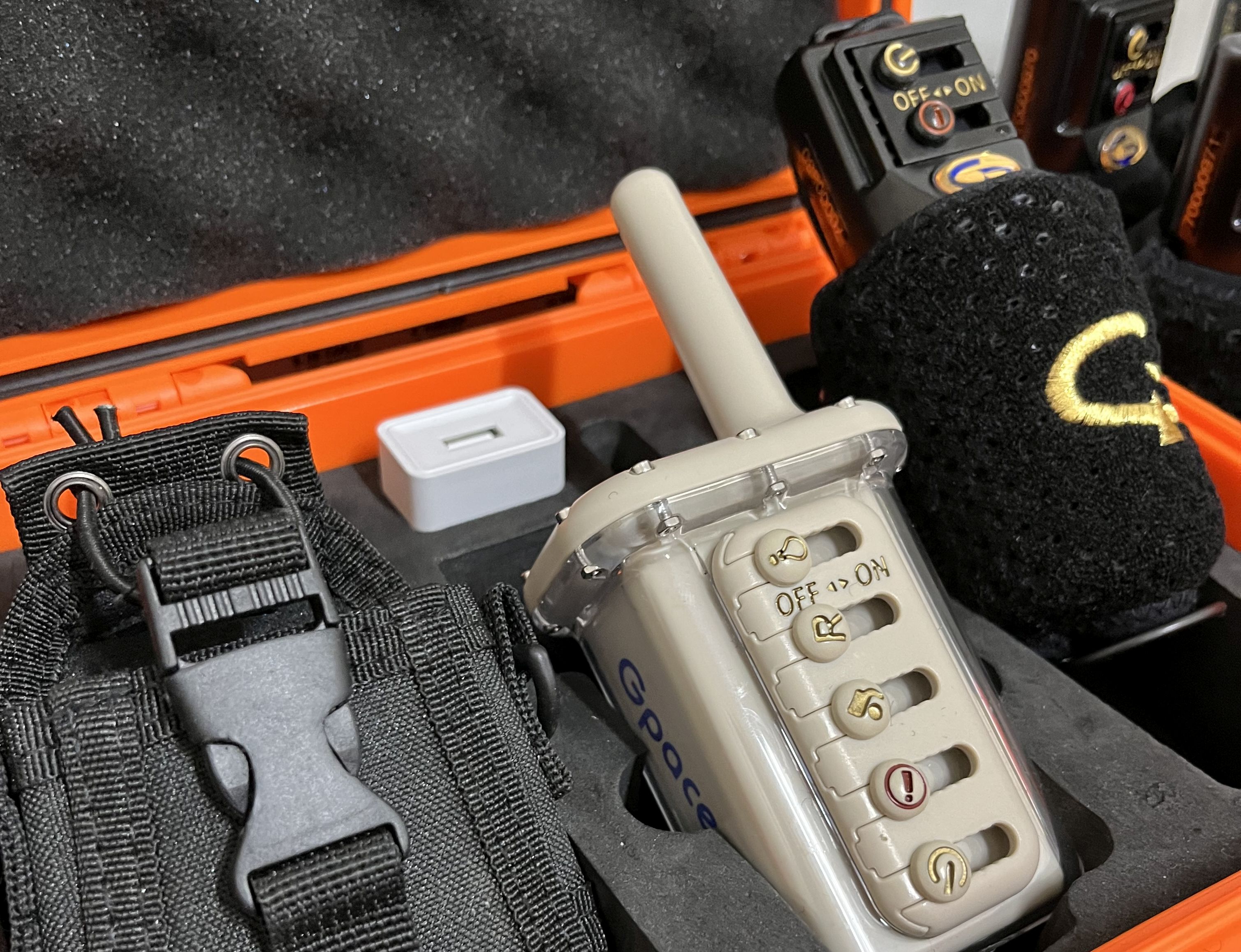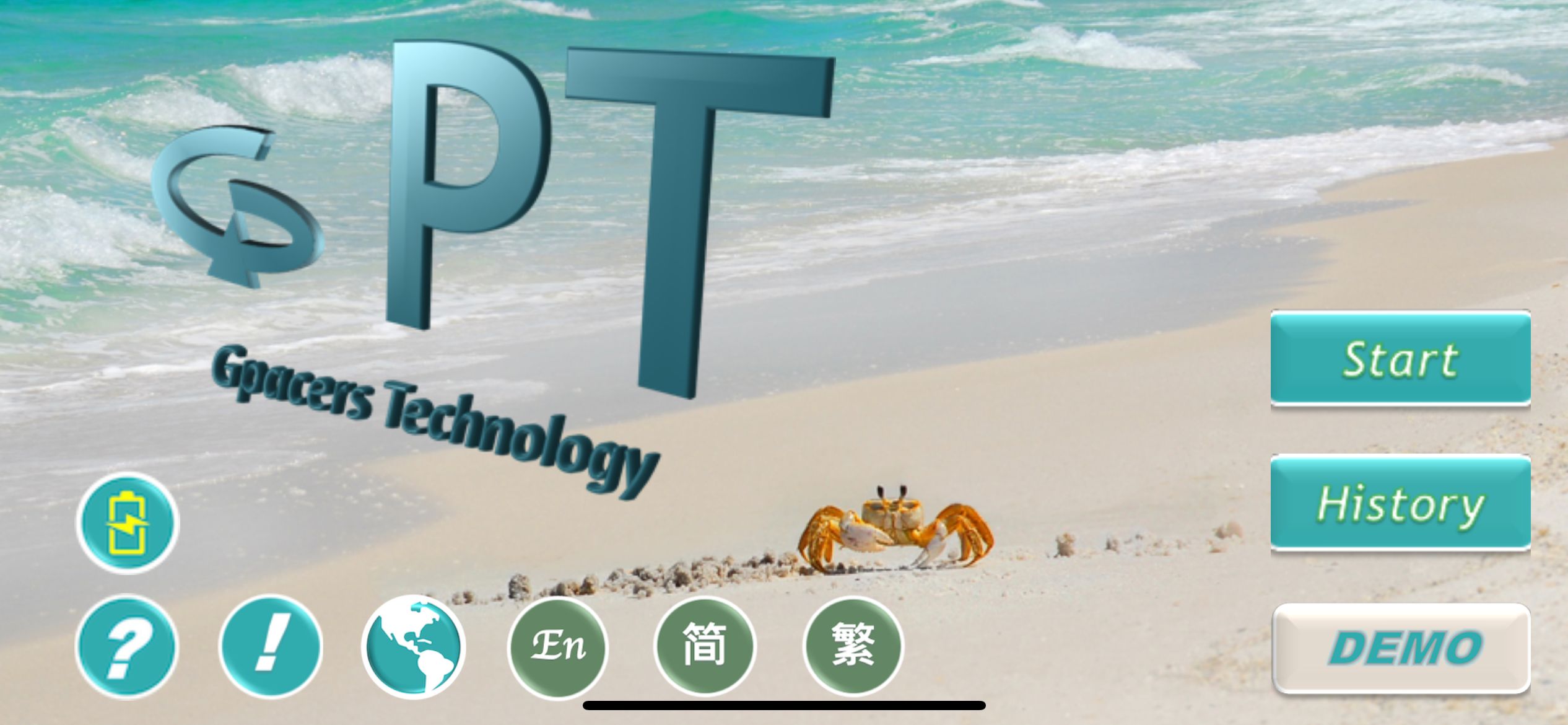One of the worst feelings a diver can have...Surfacing with land almost not in sight, the boat the size of a pin head on the horizon, and the sun going down behind you so you know it's shining in the Captains eyes. and he can't see your tiny SMB. If that situation doesn’t resolve fairly quickly, none of the outcomes are good ones :
- Long swim to shore and a night in the dark under a coconut tree swatting away mosquitoes.
- Picked up by a passing superferry and an unwanted trip to wherever it's headed in a wetsuit with no money.
- Third scenario not worth thinking about.
All of this can be saved by carrying a Gpacers Technology diver rescue system. Amounting to a radio transmitter on the diver, and a receiver and iPad or other device with the Gpacer app installed, in the boat. 
This simplest form used for self contained on site monitoring is what works best for us, operating as we do in small wet boats. For initial set up you’ll need an internet connection to download a map of the area where you are operating, that is then saved in the app and you now don't need to be online at all, so this will work however remote you are.
The receiver is placed on the highest part of the boat you can find. I’m our case roughly 2.5m above the water which gives us about a 6km range. When turned on, this receiver sits in clear view in the center of the map, knowing where it is by GPS.
Now, if our diver surfaces and can’t see the boat for any reason, he just turns on his transmitter and his location pops up on the map and the boat can go straight there. We can also trigger an audible alarm in case the crew happen to be paying attention to something other than the map. That simple, and that easy to understand.
Diver searches are stressful, costly, and often rely hugely on luck to be successful given that it's usually a couple of hours after a diver went missing that the boat reports it, and everything gets organised so that support can head out to sea. The time involved makes everything way more difficult. Now this need never happen because it becomes more or less impossible to lose a diver in the first place, we can always "see" where they are as soon as they surface.
The level of overall comfort this gives both divers, and the operators responsible can't be overstated. For example even if the boat breaks down and can't get to them there is a visible history in the app that shows exactly which way they are drifting, which means there is no need to try and guess which might be the best to start looking. Gpacer makes everything as secure as it can reasonably be.
The system can be tailored to what you need the most. On site monitoring for us in most cases, or establishing base station on a liveaboard or in a large resort to allow monitoring multiple boats and dive teams over very wide areas. Next time you are diving at Tech Asia you'll see this in action...

